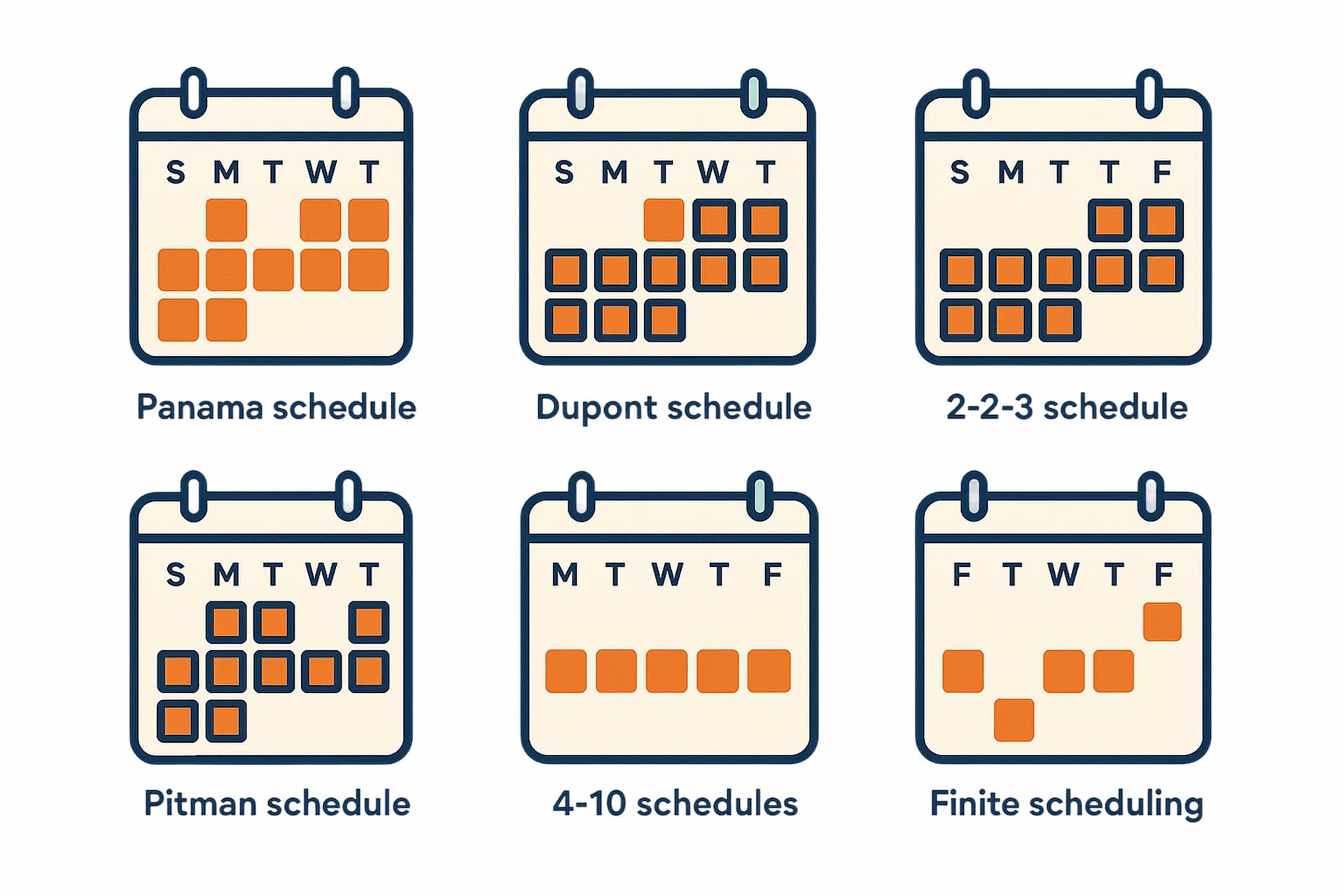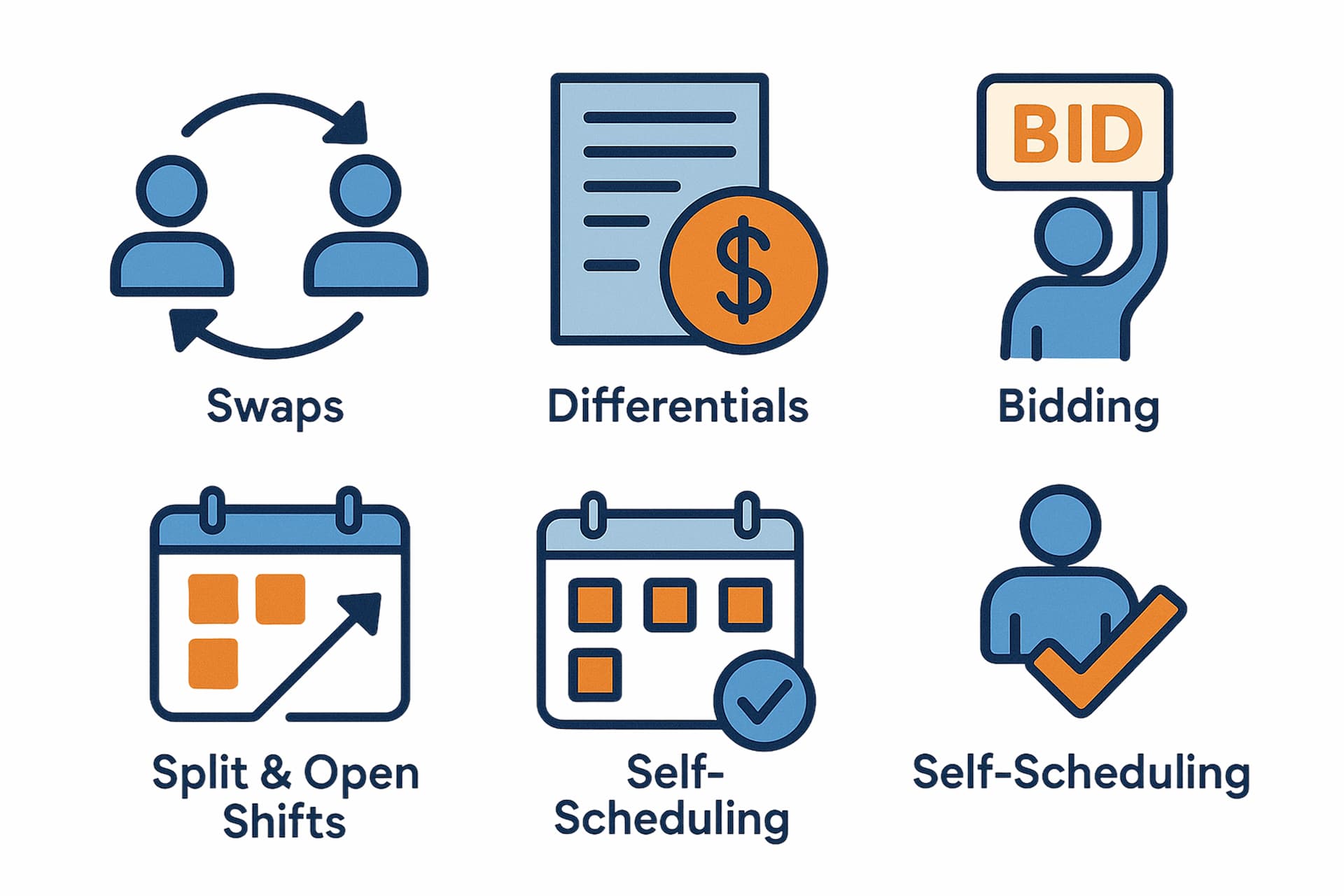What’s inside
Why bad schedules create real business risk
A schedule might look like a simple list of shifts, but in reality, it’s the heartbeat of any business. When it fails, the effects ripple fast - missed customer commitments, overtime costs, exhausted staff, and lost morale. What often starts as a minor mix-up in coverage or a missed request can quickly grow into bigger operational inefficiencies. Smart scheduling is less about “filling slots” and more about creating balance between business demand and human predictability.
Staffing gaps
One of the most visible scheduling issues is the dreaded understaffed shift. It’s not just about having fewer people - it’s about pressure, fatigue, and service quality slipping when demand spikes. Gaps appear for predictable reasons: outdated forecasts, late adjustments, and poor visibility into who’s actually available.
Managers who rely on manual spreadsheets or separate chats often realize gaps too late, when customers are already waiting or workloads pile up. Modern scheduling tools help forecast demand based on historical patterns and automatically alert teams when coverage dips. Publishing “open shifts” also empowers staff to fill gaps themselves, without endless back-and-forth.
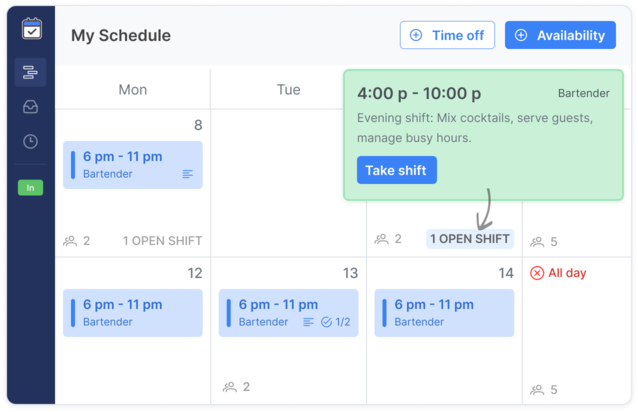
- Use templates for recurring demand peaks, like weekends or events.
- Let qualified employees claim unfilled shifts directly in-app.
When implemented right, open shift systems not only fix coverage but also boost fairness - people who want extra hours can easily pick them up, while the business avoids overhiring.
Time-off & availability conflicts
Another classic headache: the collision between approved time off and critical coverage needs. When vacation requests live in emails and group chats, someone always ends up double-booked - or denied too late to make other plans. These conflicts breed resentment and burnout, especially if workers feel unheard or forced into unwanted shifts.
Centralizing all availability and time-off requests in one system removes most of the chaos. Managers can view overlapping absences, auto-check compliance, and even allow approved swaps that keep coverage intact. Employees gain transparency - they can see who’s off, who’s available, and make responsible choices without constant approvals.
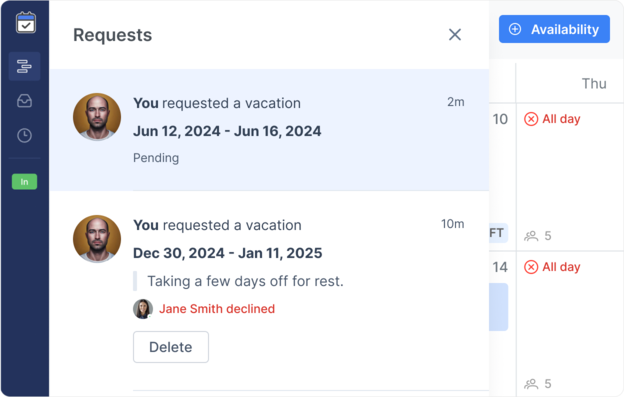
- Automate reminders for PTO submission windows.
- Display availability right on the schedule for full visibility.
Teams that adopt transparent scheduling report higher trust and lower turnover, simply because the system feels fair and predictable.
No-shows and last-minute absences
Every manager knows the panic of a no-show. The phone rings, the shift starts, and one missing person means reshuffling the entire day. While occasional emergencies are unavoidable, chronic last-minute absences usually point to deeper scheduling friction - unbalanced workloads, rigid rules, or lack of communication.
Instead of punishing absences, many companies now use built-in attendance tracking with gentle accountability and quick recovery workflows. When a worker calls out, the system instantly flags the gap, alerts eligible team members, and fills the slot automatically. Incentives like small bonuses for standby coverage can also keep operations smooth without forcing overtime.
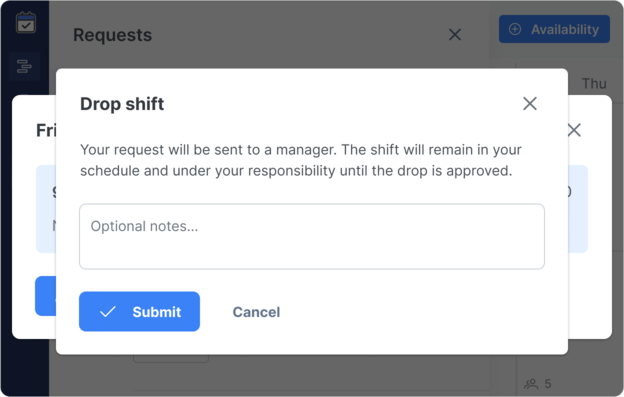
Industries like healthcare and hospitality have led the way in creating backup pools and fair on-call rotations - ensuring service continues, even when surprises happen.
Appointment & meeting scheduling problems
Missed appointments or chaotic meetings can seem minor compared to frontline scheduling - but they cost time, credibility, and often sales. In customer-facing roles, missed appointments usually trace back to unclear communication or forgotten reminders. Internally, distributed teams battle time zone confusion and overlapping commitments.
Automating reminders and confirmations drastically cuts no-shows. Tools that include “add to calendar” links or SMS reminders keep everyone in sync.
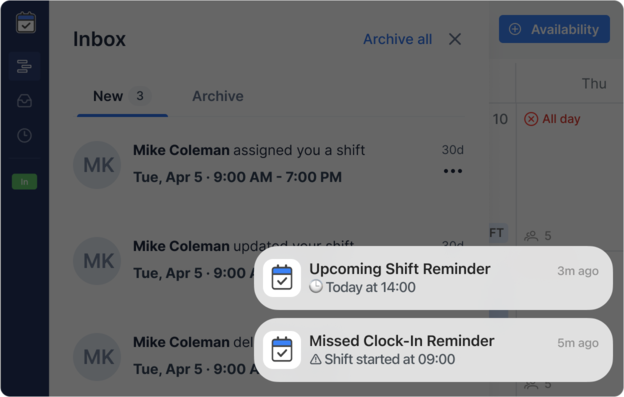
Even small tweaks can make coordination across continents feel effortless.
Operational & systemic issues
Beneath individual mistakes lies a bigger truth: disorganization at the system level. Many teams still rely on whiteboards, printouts, or shared spreadsheets to manage hundreds of shifts. The result? Version chaos, missed updates, and confusion about which schedule is “final.” As operations scale, these inefficiencies snowball into overtime, errors, and frustration.
Digital scheduling platforms solve this by creating one centralized source of truth. Managers can apply templates, auto-check rest rules, and make changes visible in real time. Compliance is another silent pain point - labor laws, union rules, and rest minimums are easy to overlook manually. Software that encodes these rules helps prevent violations before they happen.
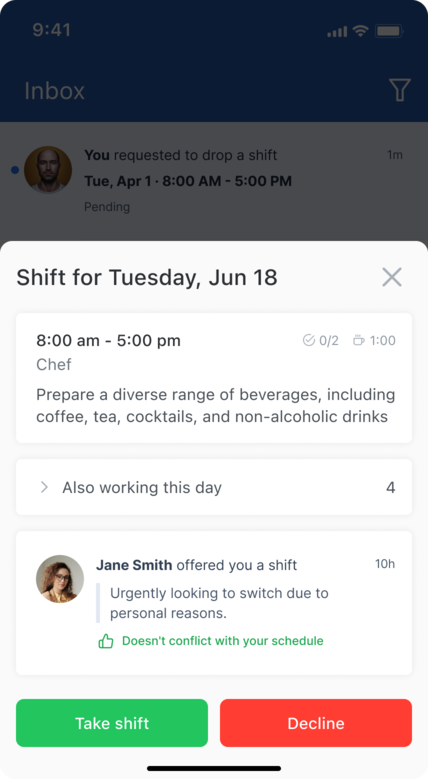
- Flag overlapping shifts or double-booked staff instantly.
- Enforce mandatory rest periods and premium pay automatically.
These aren’t just productivity tools - they’re risk reducers. In industries like manufacturing and healthcare, compliance breaches can lead to fines or lawsuits. Proactive scheduling systems make those problems disappear quietly in the background.
How to fix scheduling problems for good
There’s no single fix - it’s a process. Start by mapping your true demand hour by hour, not just by day. From there, centralize time off, swaps, and availability in one shared system. Use open shifts and bidding to align coverage with personal preferences. Encode your labor laws, differentials, and break rules directly into your scheduling logic. Finally, measure progress through metrics that matter - fill time, no-show rate, overtime hours, and employee satisfaction.
When managers treat scheduling as an ongoing feedback loop rather than a one-time task, it transforms from a daily struggle into a smooth operational rhythm. The outcome isn’t just fewer problems - it’s happier teams, better coverage, and calmer managers.
Explore Shift Differentials, Shift Swaps, or Open Shifts for detailed guides.


